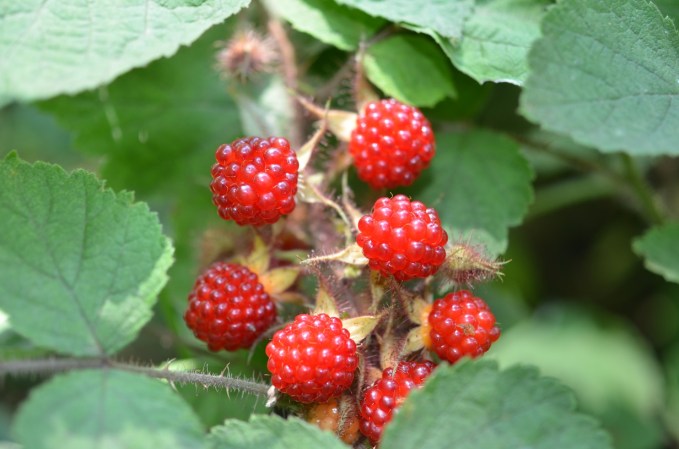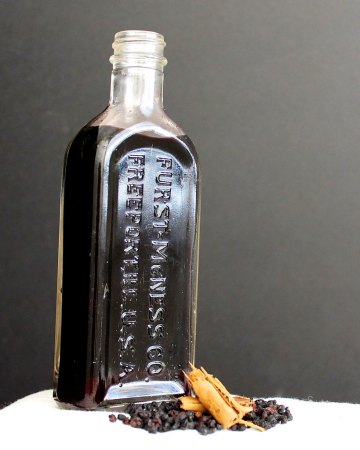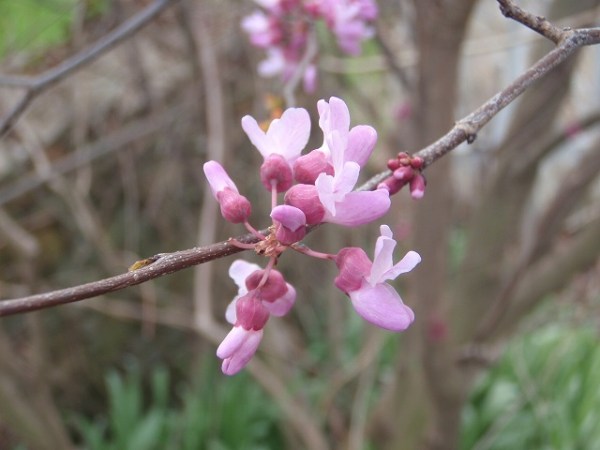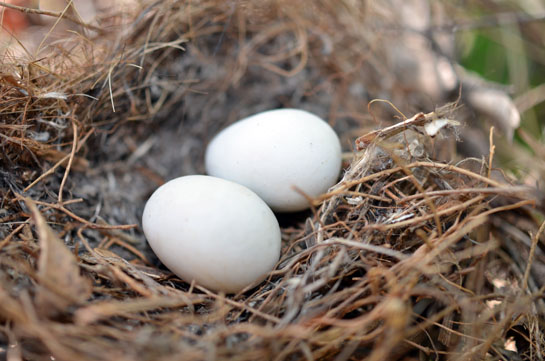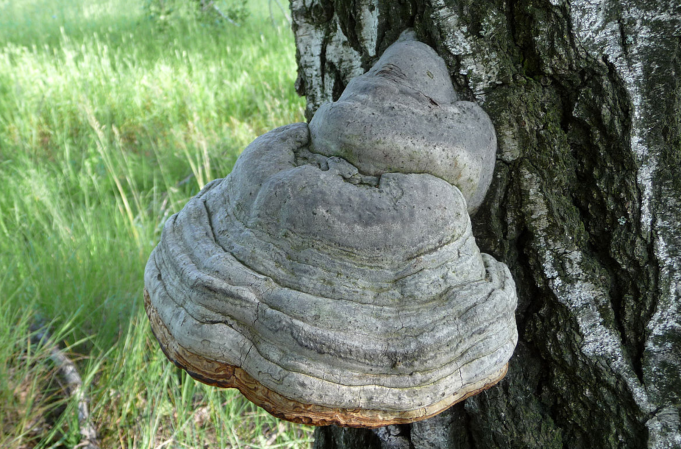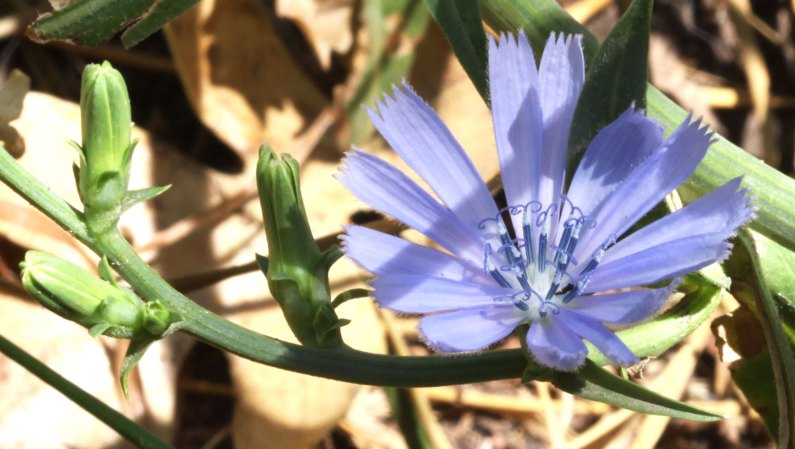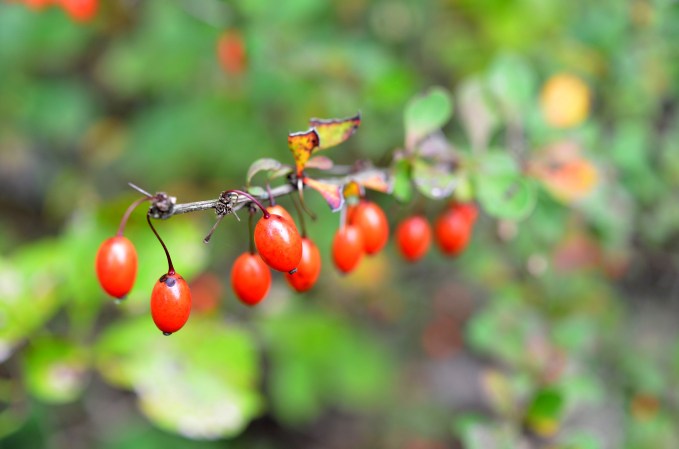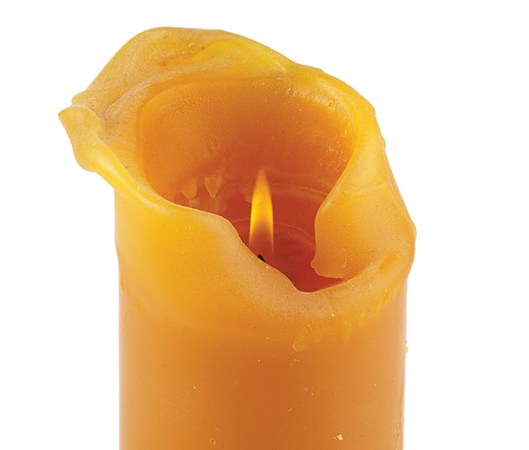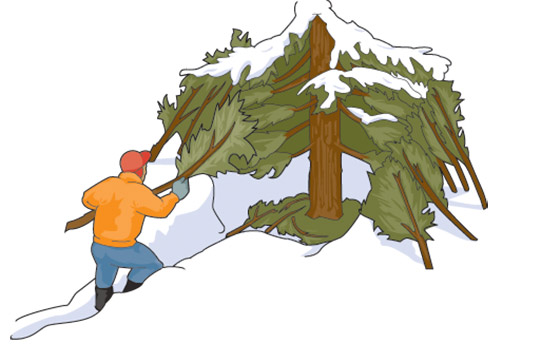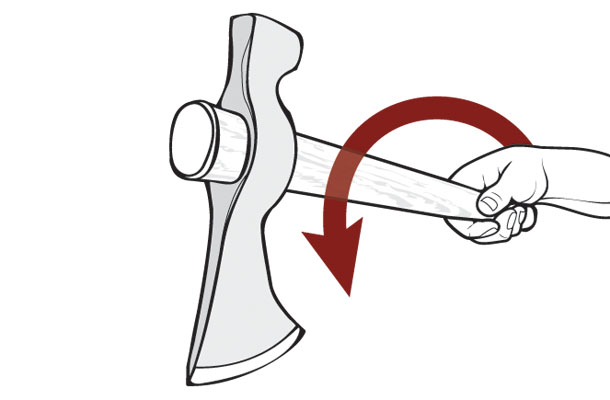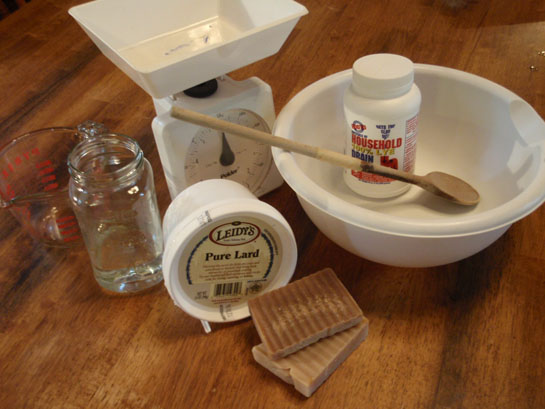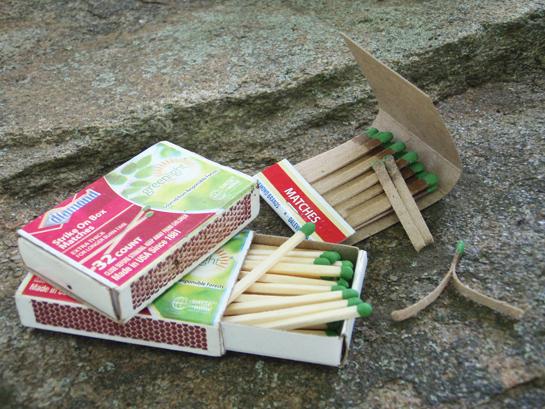Any fan of old Monty Python movies will likely remember the taunt “… your mother was a hamster and your father smelt of elderberries!” But what does this silliness mean?
Elderberries (Sambucus canadensis) have been used to make a pungent-scented fruit wine for centuries, and they’re found throughout the Northern Hemisphere. This common shrub grows in fields and in shade, reaching heights up to 15 feet tall. The compound leaves are opposite branching, with a small number of leaflets being “twice compound”. The purple-black colored berries are each about an ⅛ inch in diameter, and they form large umbrella-shaped clusters of fruit. These musky scented berries can be dried or cooked into a wide variety of tasty dishes. One 8 ounce cup of them is just over 100 calories. This same cup also contains high amounts of dietary fiber, vitamin c, vitamin a, vitamin B6, iron, and potassium.
The small fruits aren’t the only part of elderberry that is used. A month before the berries are ripe, the yellowish-white flowers can be collected and brewed into a unique tasting tea. Some people really enjoy the flavor, while other people find the tea disgusting. Just be careful that you don’t grab the flowers from the water hemlock, which has similar looking flowers and leaves. Water hemlock (Cicuta spp.) is a deadly plant with alternate leaves. Make sure your elderberry flowers all come from plants with opposite leaves. In addition to the hazard of a dangerous look-alike, there are a few other risks with elderberry.
Elderberry has been known to cause an allergic reaction in some people.
Make sure your elderberry fruits are dark purple or almost black. Under-ripe fruits are toxic and capable of causing nausea and vomiting.
Use elderberries for food after cooking or drying. They have a slight toxicity when raw.
Have you ever tried elderberries? Please tell us how you’ve eaten them by leaving a comment.

